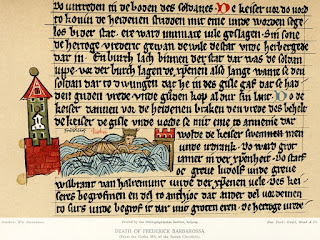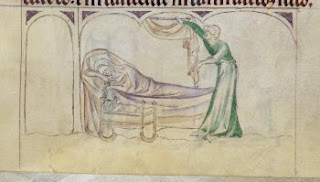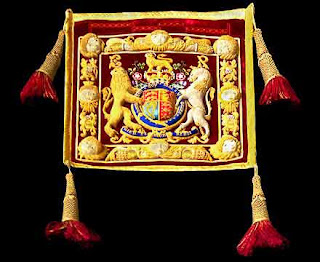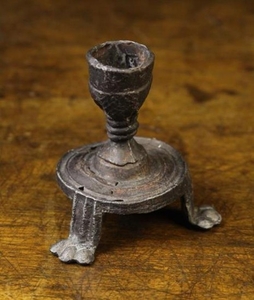While it lasted, however, the notion of the divine right of kings was beneficial to the tiny percentage of the human population that could take advantage of it.
For Christians and Jews, a passage in Deuteronomy was crucial:
When you come to the land that the Lord your God is giving you, and you possess it and dwell in it and then say, 'I will set a king over me, like all the nations that are around me,' 15 you may indeed set a king over you whom the Lord your God will choose. One from among your brothers you shall set as king over you. You may not put a foreigner over you, who is not your brother." (Deuteronomy, 17:14-15)
Debates took place over whether this meant the people choose a king, or whether their choice is an example of God's will being made manifest. In fact, Jewish law requires a blessing upon seeing a monarch: "Blessed are You, Lord our God, King of the universe, Who has given from His glory to flesh and blood." This suggests that the monarch has God's support.
Medieval Europe was willing to accept that God gave the ruler complete temporal authority, just as the Pope had complete spiritual authority. Richard I of England declared in 1193 "I am born in a rank which recognizes no superior but God, to whom alone I am responsible for my actions," and first used the phrase (still the motto of the monarch of the United Kingdom) Dieu et mon droit (French: "God and my right"). This is the origin of the pluralis majestatis, the "royal we" used by potentates, to indicate that they and God are speaking. Richard's Chancellor, William Longchamp, introduced the use of the plural into documents he produced during Richard's reign.
Henry VIII took this one step further (too far?) when he declared himself head of the Church in England. James VI /I of Scotland/England heavily promoted the divine right theory—although Scotland had always seen the king as simply "first among equals"—as did Louis XIV of France. James used a passage from Romans 13 about "God's ministers" to support his idea of divine right.
The earliest reference to divine rulership takes place long before James, or even Richard. Tomorrow we'll talk about Adomnán of Iona.





























